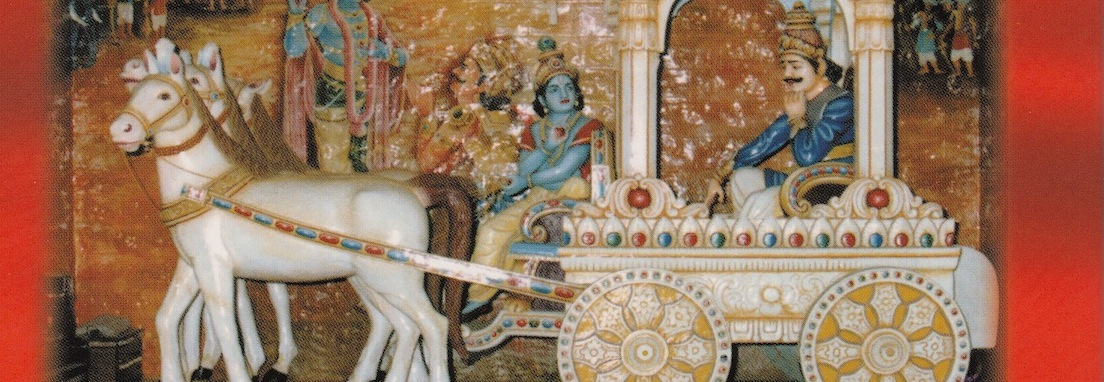It is said, that following the worldly life is at first easy and becomes more and more difficult over time whereas following the spiritual path is first difficult and then becomes easier and easier.
With worldly life it is meant to act from a level of consciousness, which is ego-driven, a dysfunctional kind of ego: desires, greed and feelings of possessiveness drive the life.
The spiritual mindset has the benefit for all in mind. One who engages on the spiritual path lives up to the values of unconditional love for all beings (prema), service (seva), non-violence (ahimsa) and righteousness (dharma).
Sai Baba, an Indian spiritual teacher highlights (like many other spiritual people and schools as well): First only see yourself, then you see Divinity in all and finally you merge with Divinity.
How do you proceed on your path towards this last stage in life? What if you do yoga, meditate, read spiritual texts and you still ask yourself: How can I be spiritual and life a worldly life? How can I shift my perception of a life that is full of contrast for me to a life, in which I see Divinity in all?
In the Indian epic “Bhagavad Gita” Arjuna asks his friend Krishna the same questions. Although the Bhagavad Gita is an Indian epic it is beyond religious dogma and you can find the same concepts in Western mystic spirituality.
Jack Hawley summarizes in his book “Essential wisdom of the Bhagavad Gita” the plot of the story beautifully like this: “Imagine two lone figures parked in their war chariot in the open field between the armies of good and evil, all-out war about to explode around them. One is the renowned prince Arjuna, the greatest hero of those times. The other is Krishna, Arjuna’s chariot driver and best friend from boyhood, who has not revealed that he is God incarnated.
Prince Arjuna suddenly buckles under the burdens and pressures he faces. His eyes fill with tears. ‘Why am I doing this, Krishna?’ he asks. ‘Life is so cruel, so demanding. I just can’t fight again. Please, please help me understand!’
Krishna’s twenty-minute response to his friend’s tearful plea for the meaning of life compromises the Gita’s timeless dialogue.”
Reading recommendations: There are so many great and wonderful books about the Bhagavad Gita. My favorite ones that touched my heart deeply are:
- The Bhagavad Gita: A Walkthrough for Westerners by Jack Hawley. Great about this book is, that he put commentaries and story together. Usually you read one verse and then the corresponding commentaries. Here, you read it like a story.
- Bhagavad Gita or the Divine Song. With comments from texts from Sathya Sai Baba edited by Camille Svensson. If you love the texts of Sai Baba you find a heart opening interpretation of the Indian Epic.
- Bhagavad Gita by Alvin Drucker. The author collected talks of Sathya Sai Baba about the Gita in his book.
Click here to read the second blog article about the Bhagavad Gita: Bhagavad Gita, part 2: How to control and how to calm the mind.
Note: The picture of this article is from the cover of the book “Bhagavad Gita” with comments from Sathya Sai Baba and collected by Camilla Svensson.
